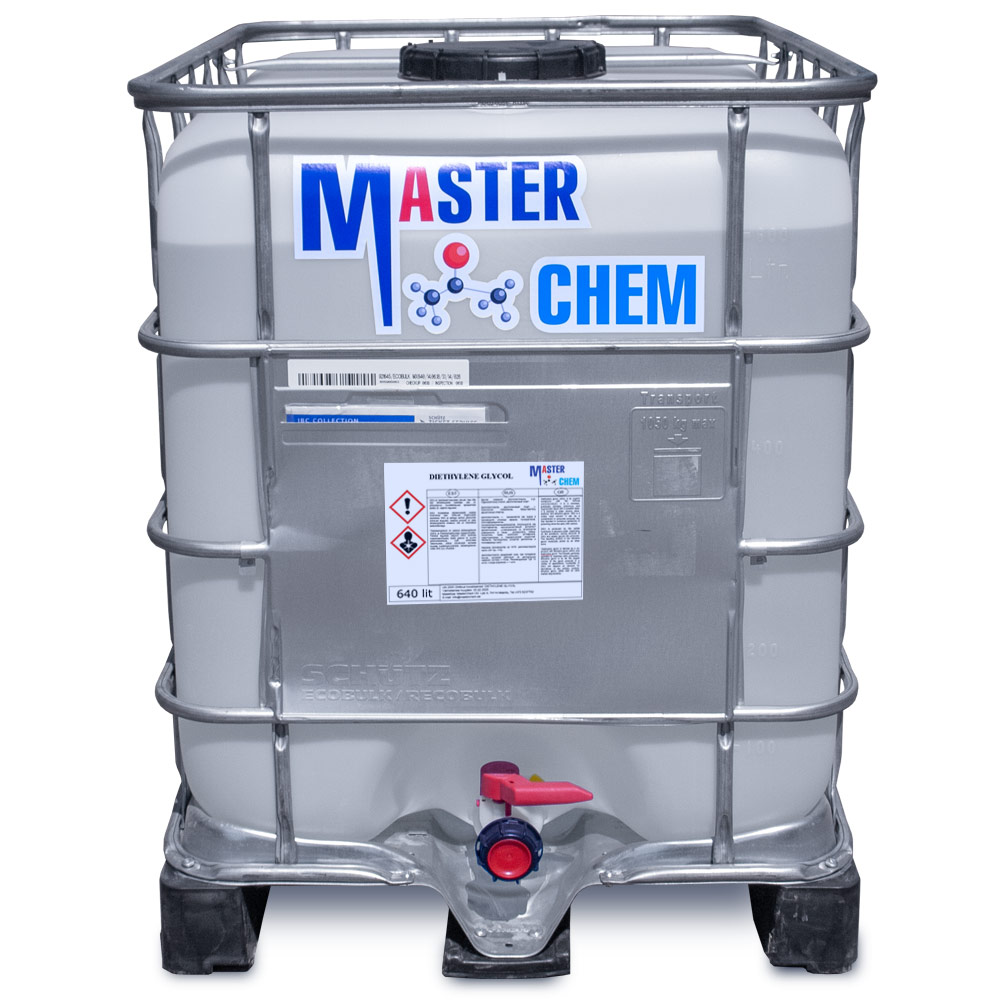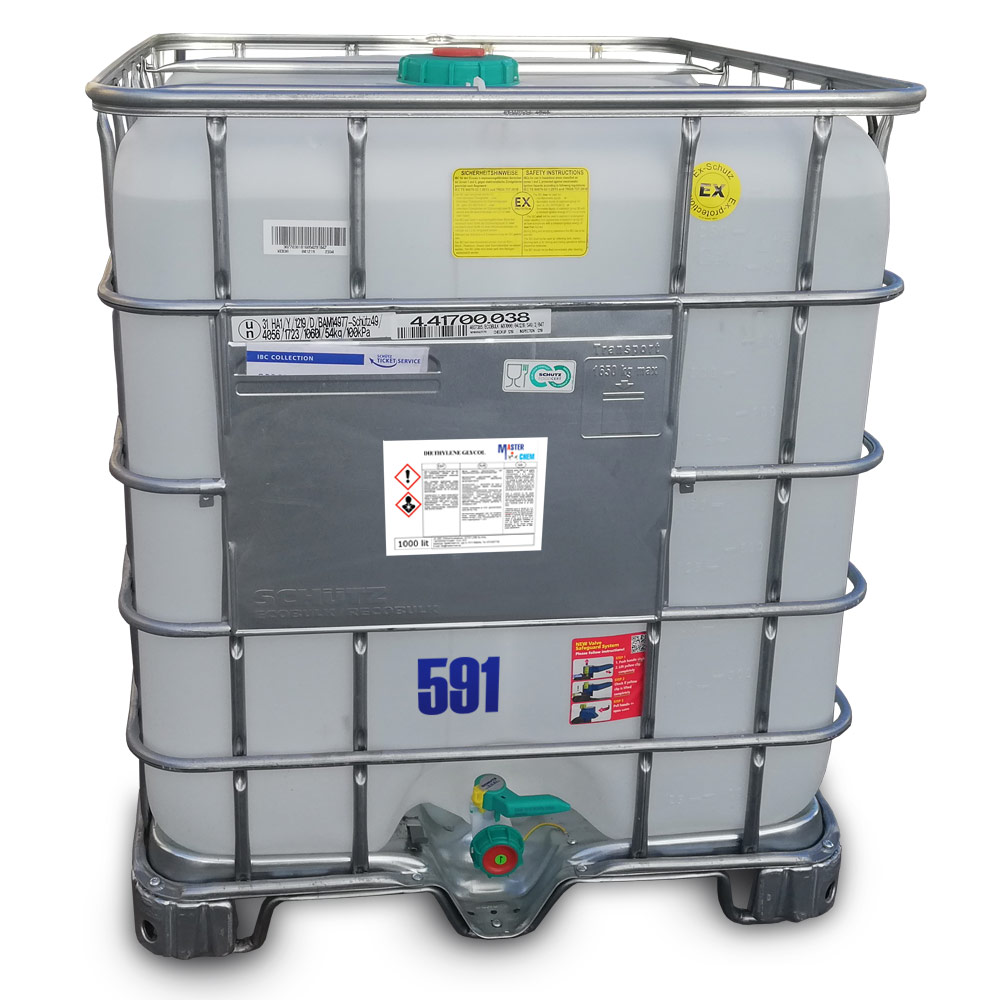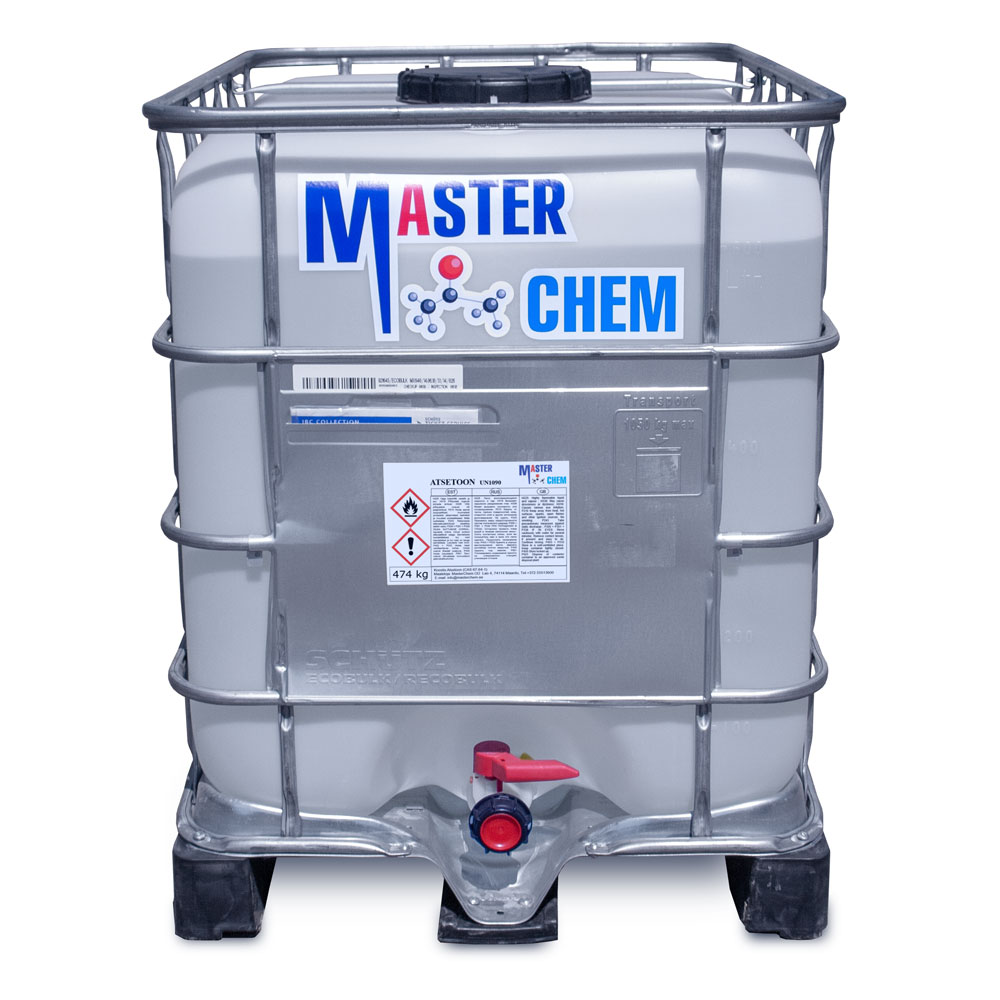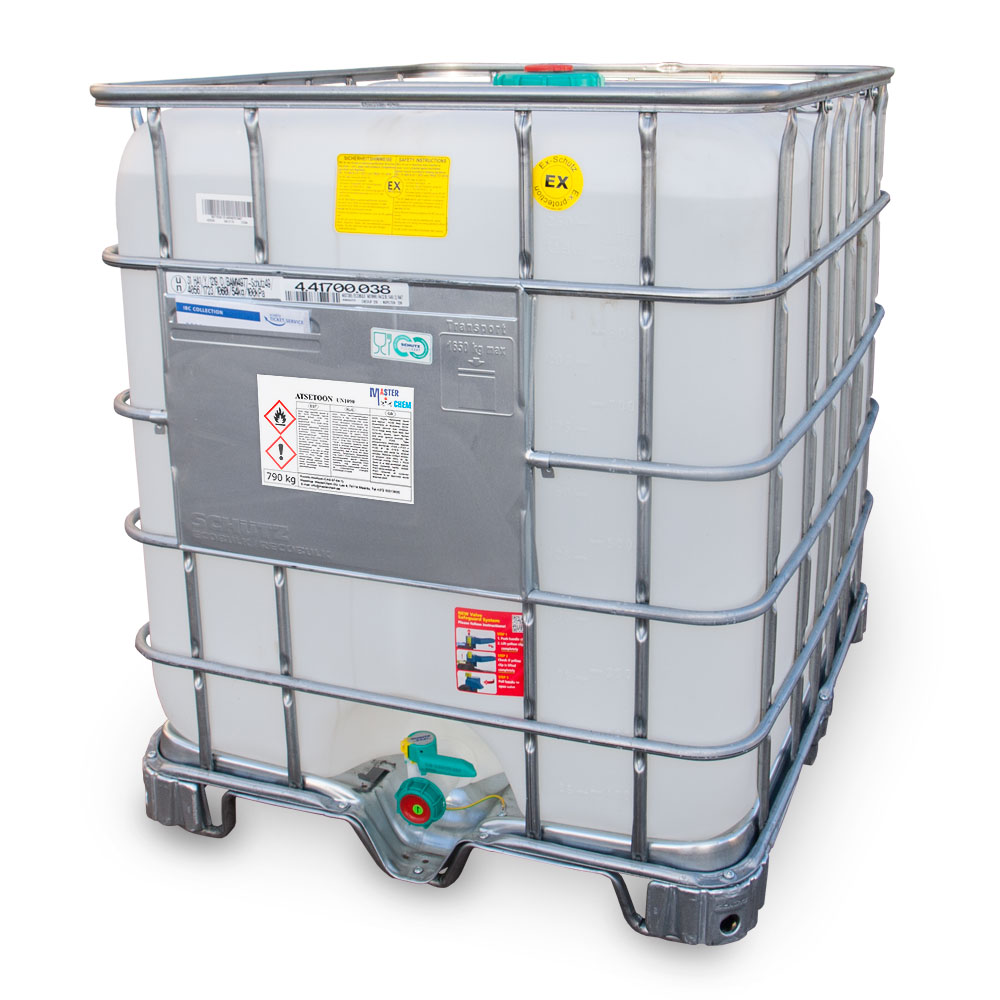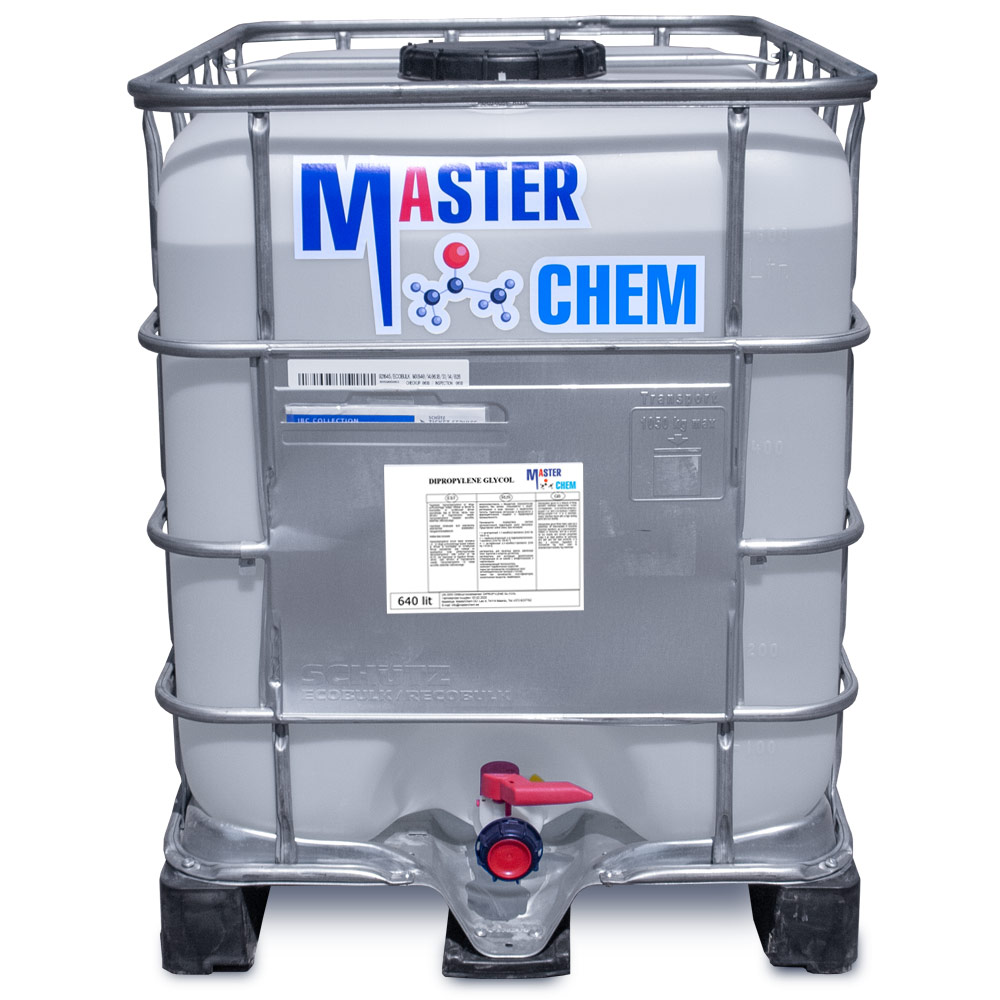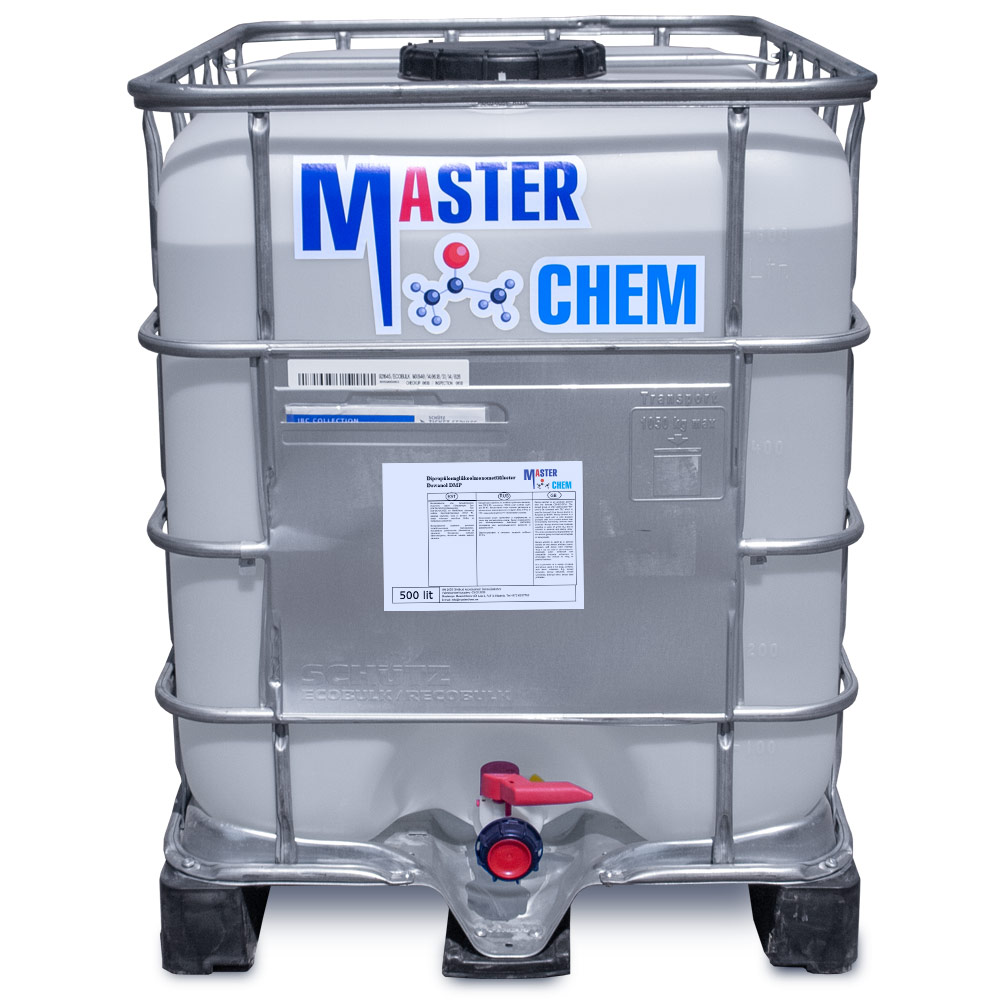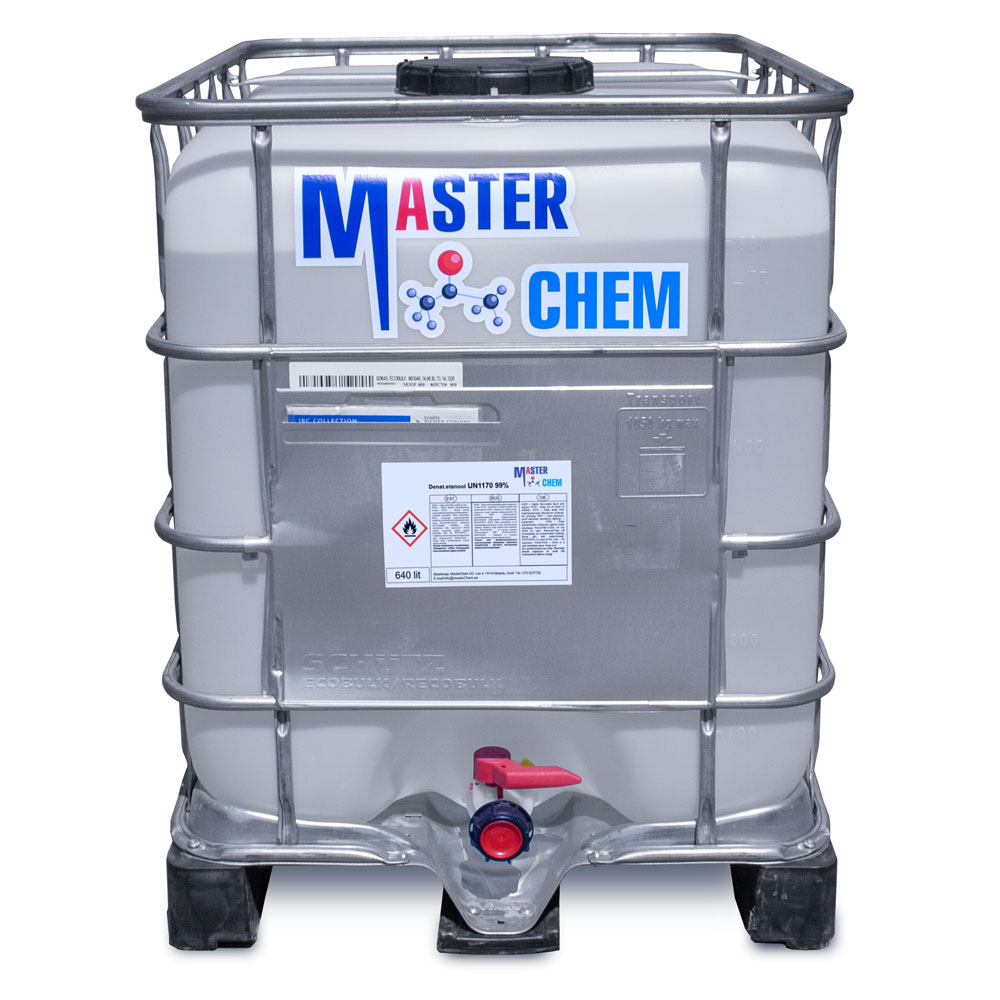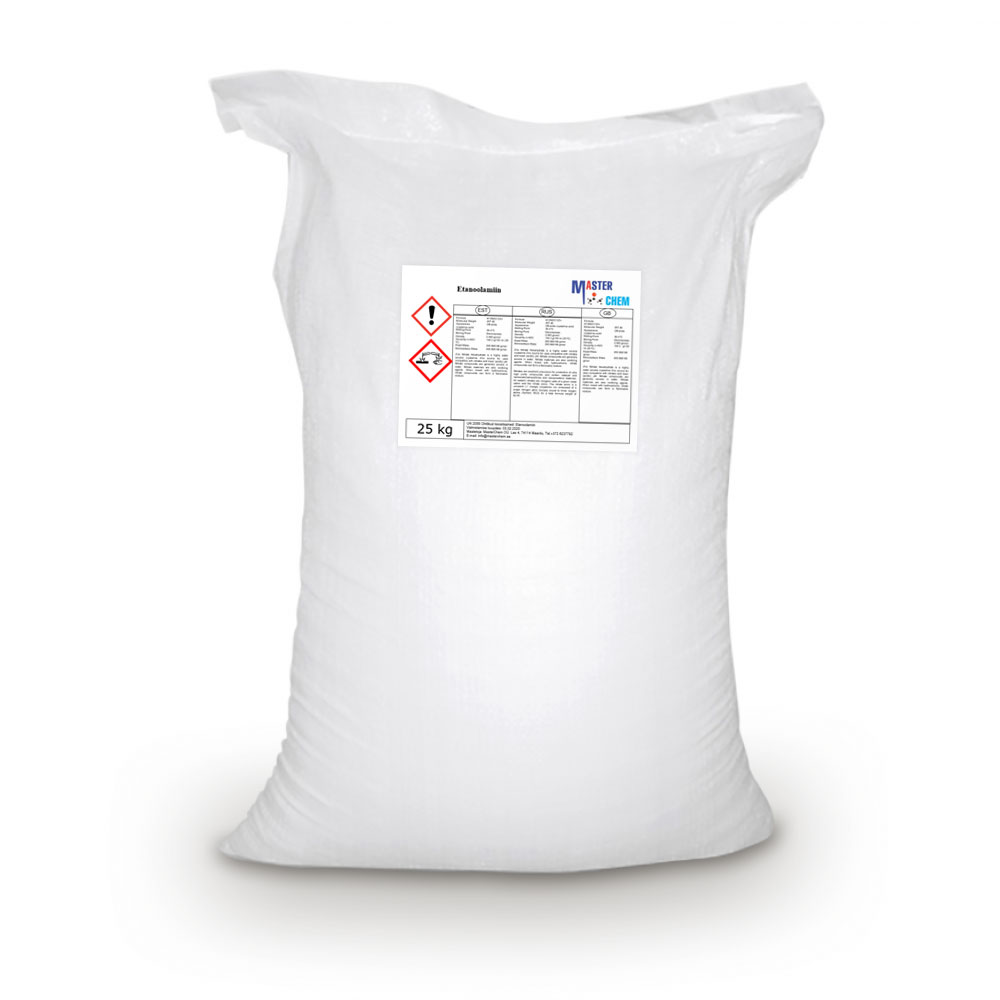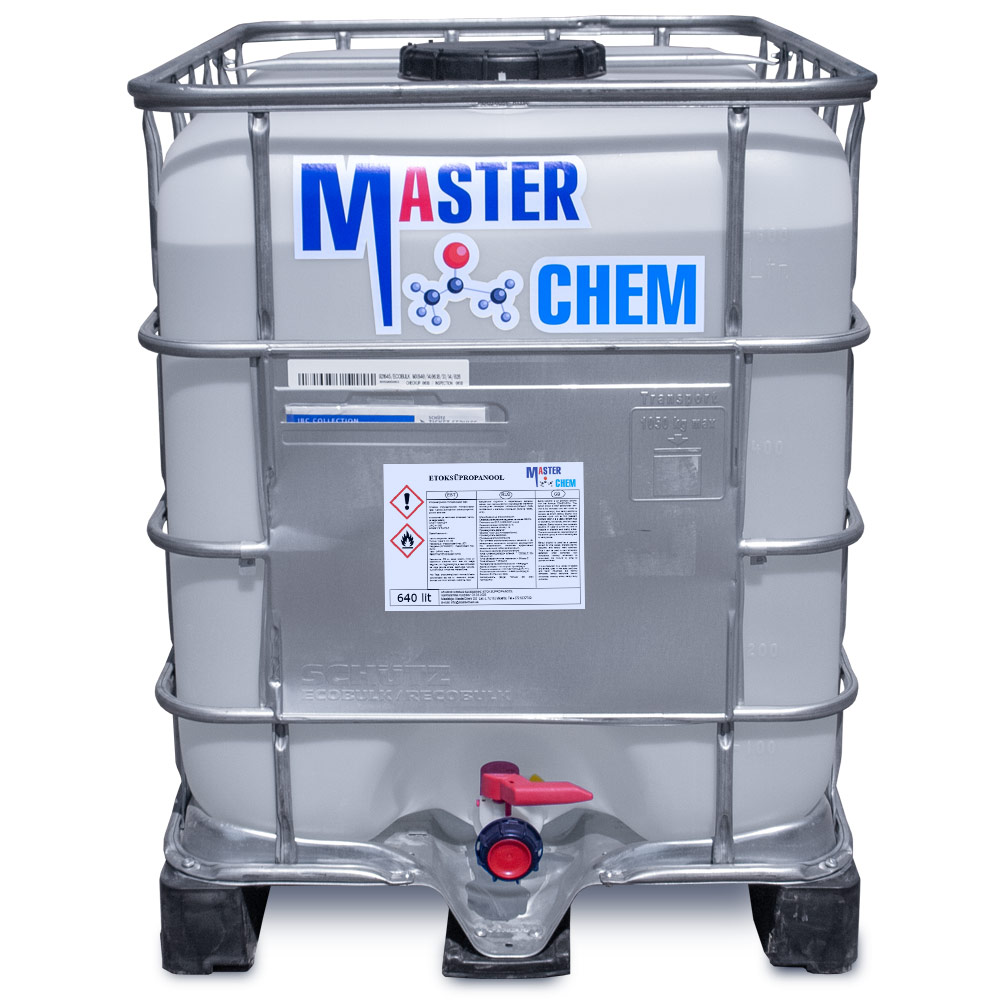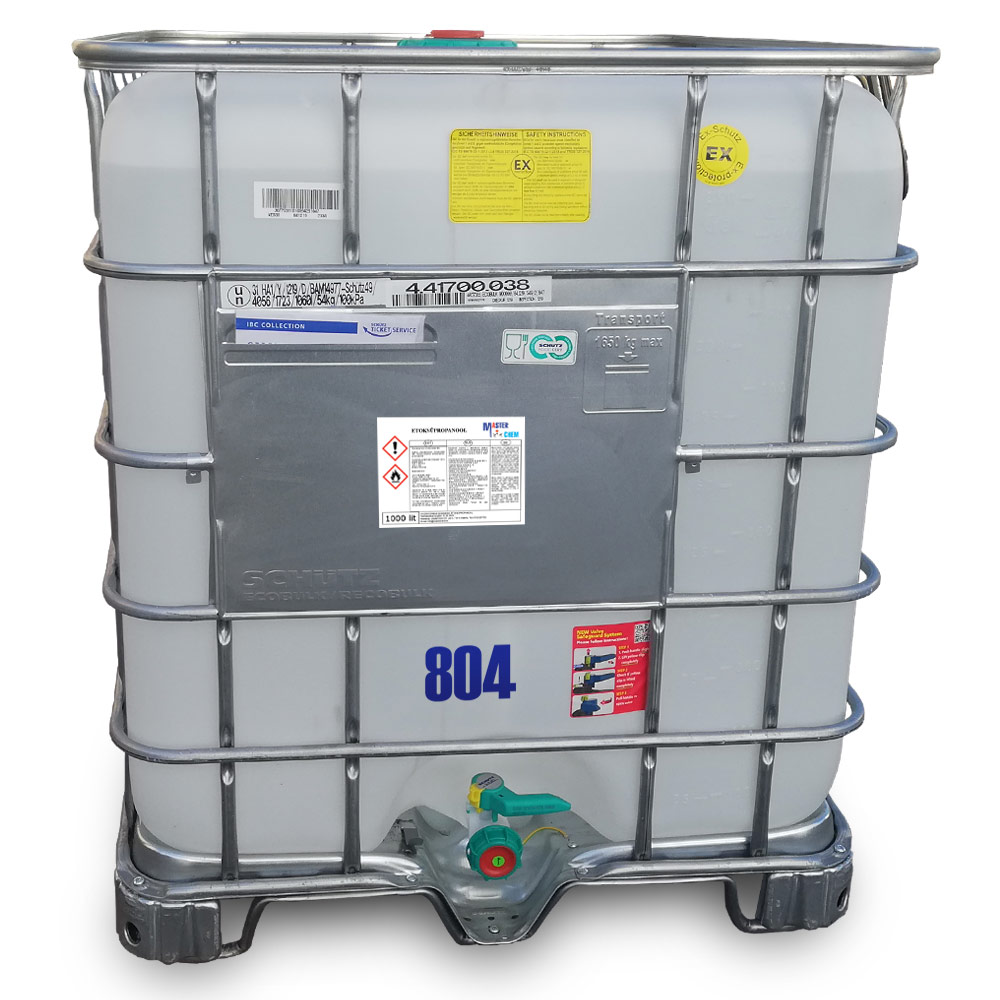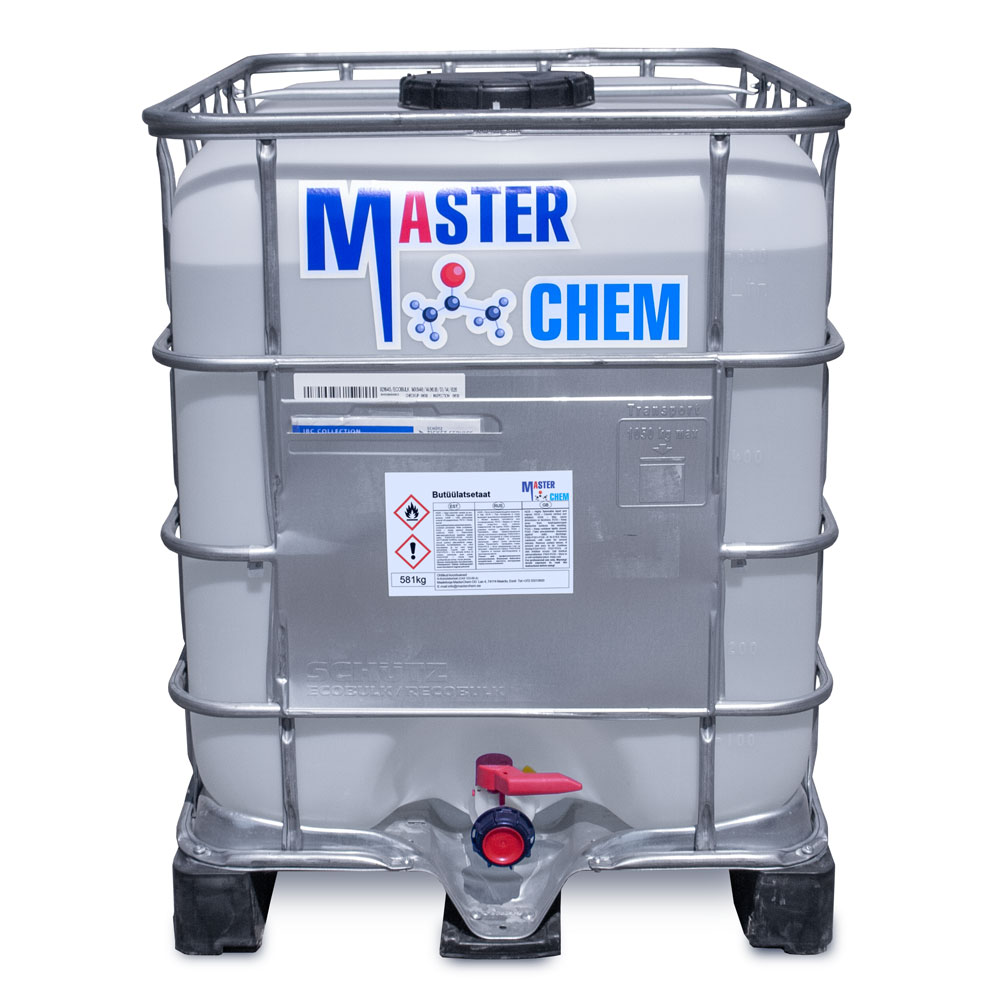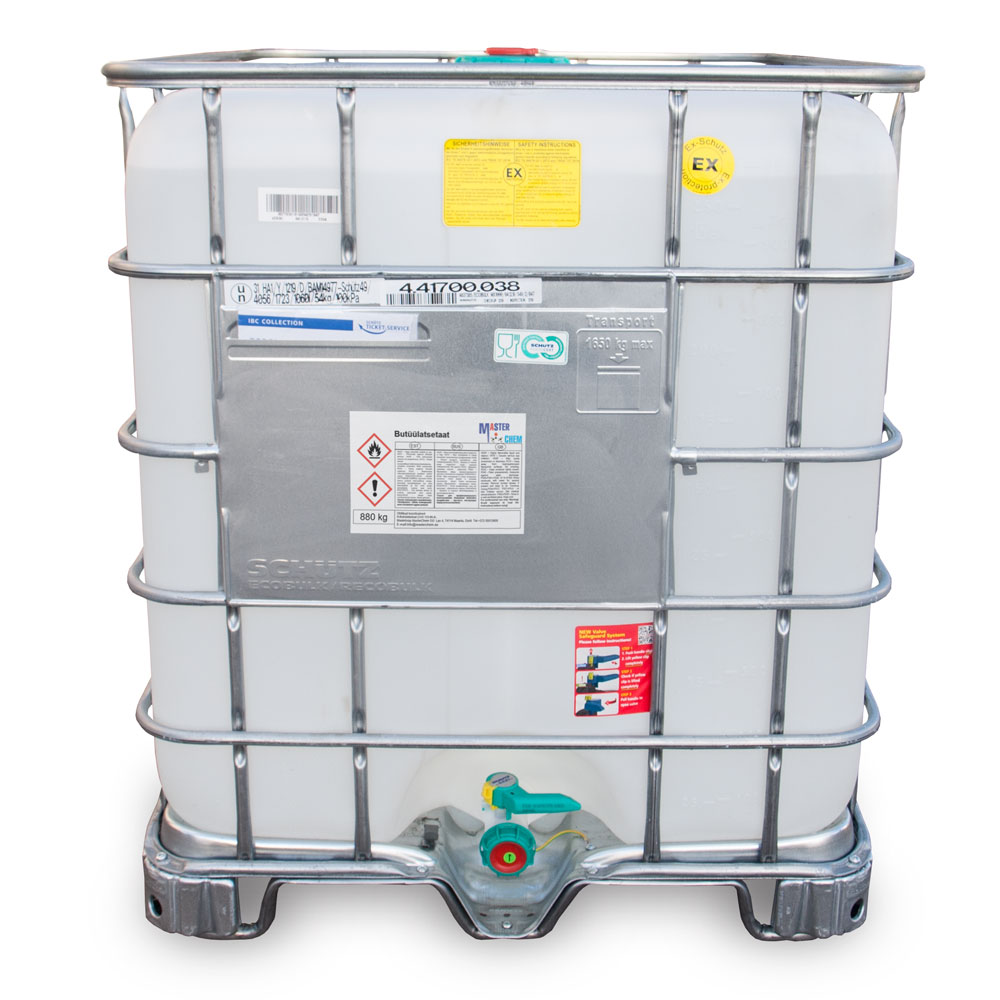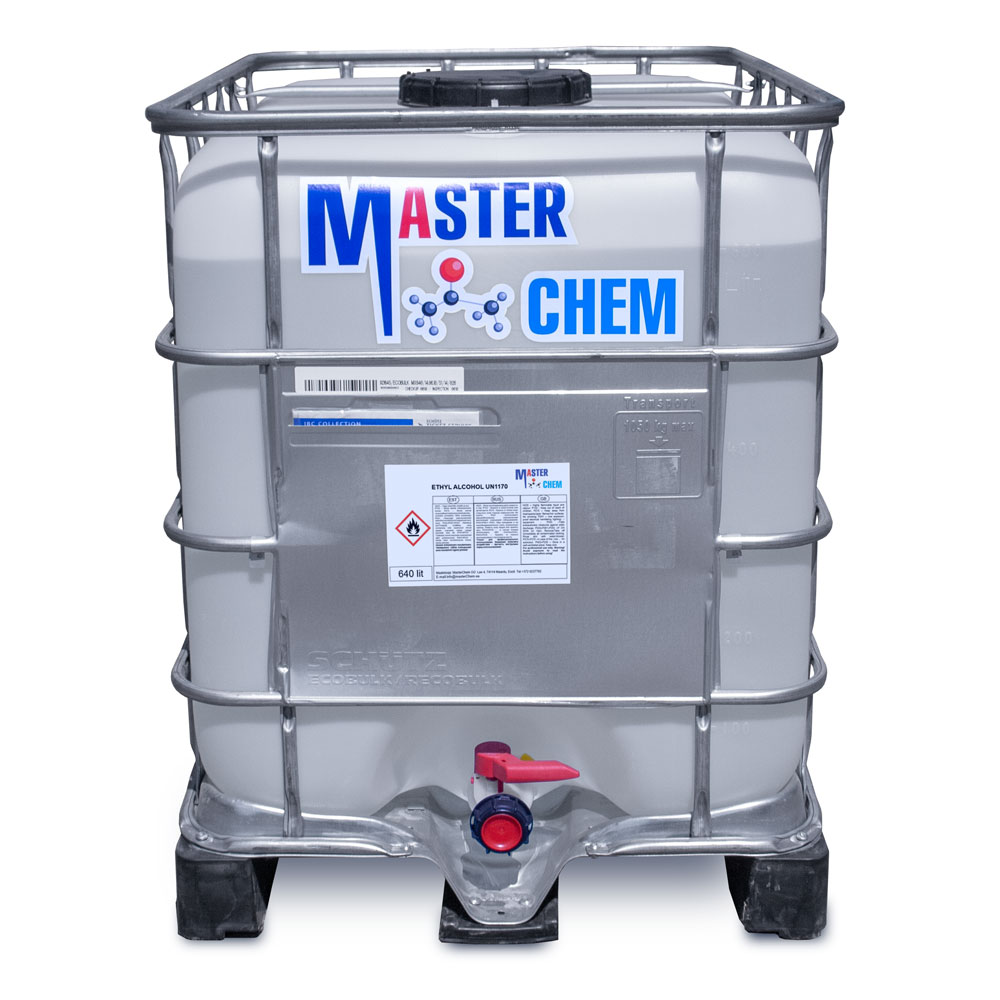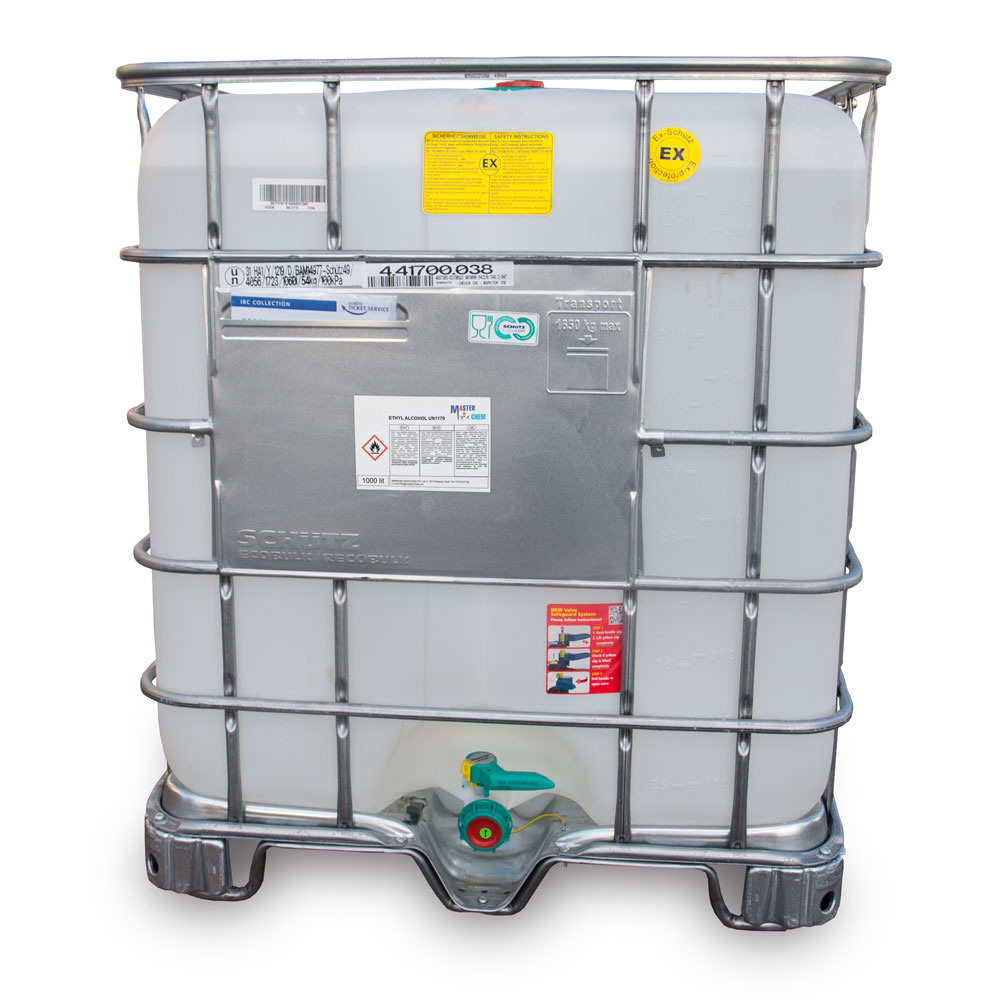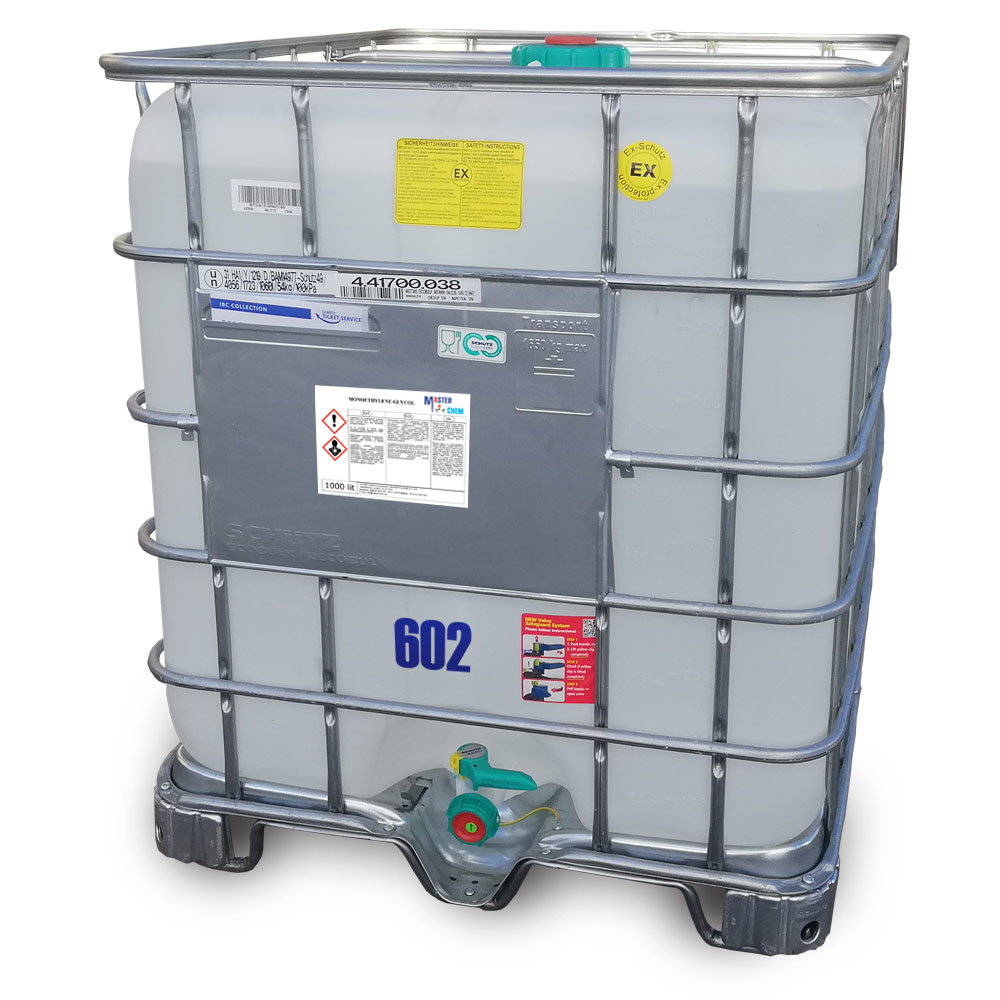Currently Empty: €0.00
Diethylene glycol (CAS 111-46-6)
Other names: 2,2′-Oxydi(ethan-1-ol), 2,2′-Oxybis(ethan-1-ol), 2-(2-Hydroxyethoxy)ethan-1-ol, Diethylene glycol, Ethylene diglycol, Diglycol, 2,2′-Oxybisethanol, 2,2′-Oxydiethanol, 3-Oxa-1,5-pentanediol, Dihydroxy diethyl ether
Diethylene glycol (DEG) is an organic compound with the formula (HOCH2CH2)2O. It is a colorless, practically odorless, poisonous, and hygroscopic liquid with a sweetish taste. It is miscible in water, alcohol, ether, acetone, and ethylene glycol.DEG is a widely used solvent. It can be a contaminant in consumer products; this has resulted in numerous epidemics of poisoning since the early 20th century.
CAS 111-46-6
Dipropylene glycol (CAS 110-98-5)
Other names: Dipropylene glycol, 4-Oxa-1,6-hexandiol, 1,1′-Oxybis(1-propanol), 1,1′-Oxybis(2-propanol)
Dipropylene glycol is a mixture of three isomeric chemical compounds, 4-oxa-2,6-heptandiol, 2-(2-hydroxy-propoxy)-propan-1-ol, and 2-(2-hydroxy-1-methyl-ethoxy)-propan-1-ol. It is a colorless, nearly odorless liquid with a high boiling point and low toxicity.
CAS 110-98-5
Dipropylene glycol monomethyl ether Dowanol DMP (CAS 34590-94-8)
Dipropylene glycol monomethyl ether Dowanol DMP (CAS 34590-94-8)
Di(propylene glycol) methyl ether is an organic solvent with a variety of industrial and commercial uses. It finds use as a less volatile alternative to propylene glycol methyl ether and other glycol ethers. The commercial product is typically a mixture of four isomers.
Disodium edetate (CAS 6381-92-6)
Disodium edetate (CAS 6381-92-6)
Edetate Disodium is the disodium salt form of edetate, a heavy metal chelating agent with anti-hypercalcemic and anti-arrhythmic properties. Edetate, a heavy metal antagonist, chelates divalent and trivalent metals, forming soluble stable complexes which are readily excreted by the kidneys, thereby can be used to lower serum calcium concentrations. In addition, this agent exerts a negative inotropic effect on the heart through a transiently induced hypocalcemic state, thereby antagonizing the inotropic and chronotropic effects of digitalis glycosides on the ventricles of the heart. Upon ocular administration, edetate exerts its ophthalmic effect by chelating calcium to form soluble complexes, thereby removing corneal calcium deposits.
Ethanolamine (CAS 141-43-5)
Ethanolamine (CAS 141-43-5)
Ethanolamine (2-aminoethanol, monoethanolamine, ETA, or MEA) is an organic chemical compound with the formula HOCH2CH2NH2 (C2H7NO). The molecule is bifunctional, containing both a primary amine and a primary alcohol. Ethanolamine is a colorless, viscous liquid with an odor reminiscent of ammonia. Its derivatives are widespread in nature; e.g., lipids, as precursor of a variety of N-acylethanolamines (NAEs), that modulate several animal and plant physiological processes such as seed germination, plant–pathogen interactions, chloroplast development and flowering, as well as precursor, combined with arachidonic acid (C20H32O2; 20:4, ω-6), to form the endocannabinoid anandamide (AEA: C22H37NO2; 20:4, ω-6).
The ethanolamines comprise a group of amino alcohols. A class of antihistamines is identified as ethanolamines, which includes carbinoxamine, clemastine, dimenhydrinate, Chlorphenoxamine, diphenhydramine and doxylamine.
Ethoxypropanol (CAS 1569-02-4)
Ethoxy Propanol (also known as propylene glycol ether; Arcosolv PE; ethyl proxitol; and propylene glycol monoethyl ether) is a clear liquid that has a characteristic ether-like odour. It has the formula C5H12O2 and it is miscible with water, is hygroscopic, and it also provides good solvency for a wide variety of substances, including resins, inks, and adhesives.
CAS: 1569-02-4
Ethylene glycol (CAS 107-21-1)
Ethylene glycol (1,2-dioxane, glycol, ethanediol-1,2) is a sweet-tasting, odorless, colorless, hygroscopic oily liquid. It is obtained by wetting ethylene in the presence of phosphoric or sulfuric acids. Ethylene glycol mixes well with water and alcohol. It has high boiling points and low freezing temperatures, which is why it is widely used as a heat carrier in heating and cooling systems. The crystallization temperature of the concentrate is higher than that of aqueous glycol solutions, therefore it must be diluted with distilled water before use.
CAS: 107-21-1
- Ethylene glycol 35%
- Ethylene glycol 40%
- Ethylene glycol 50%
- Ethylene glycol 100%

